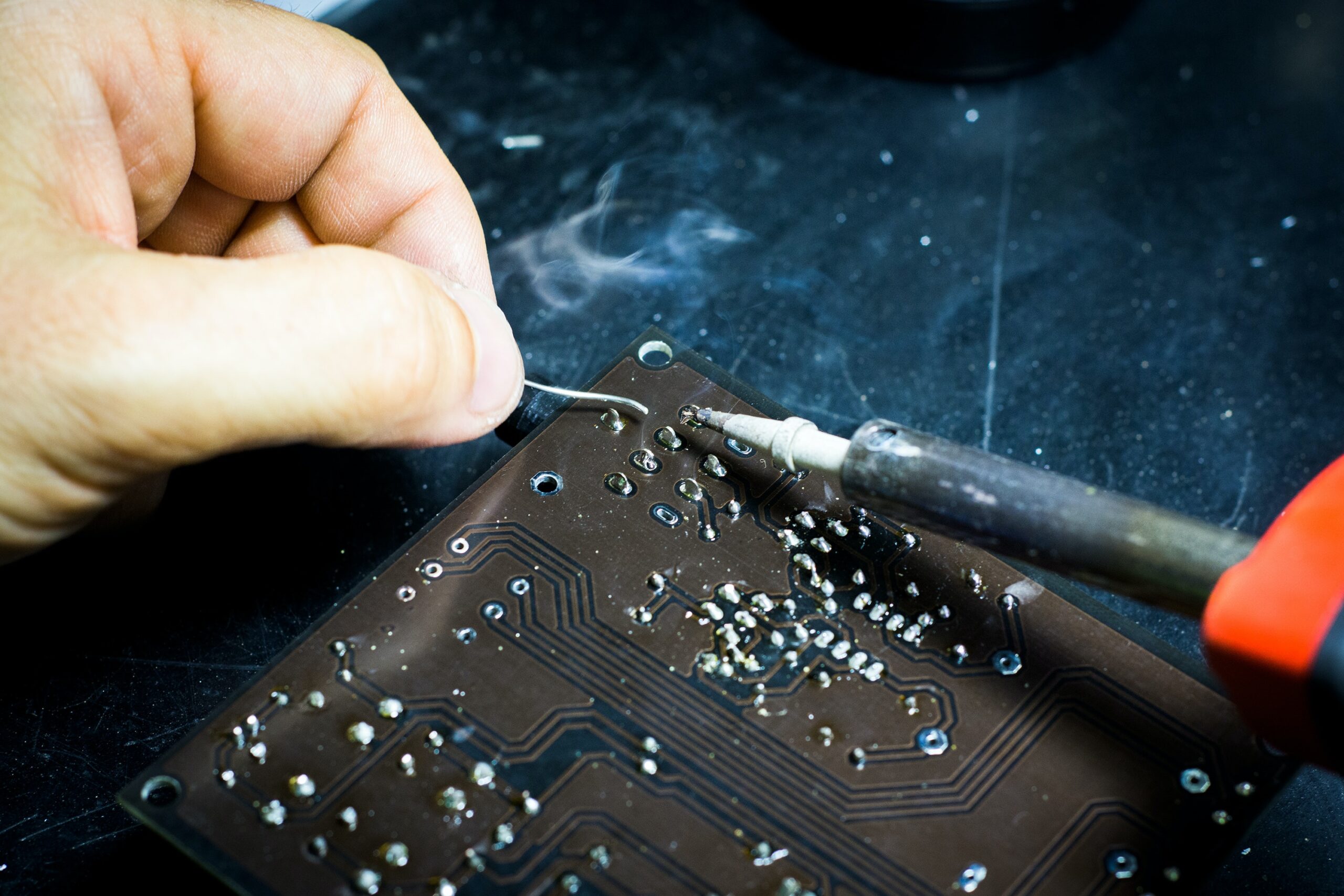
Posted on December-12-2022
Plasma arc welding involves joining metals together by heating with a constricted arc between the workpiece (transfer arc) and an electrode (non-transfer arc) OR the constricting nozzle and the electrode.The constricted plasma that is formed is highly ionised and concentrated. In simple terms, plasma arc welding uses plasma (gas) that has been superheated to become highly conductive.
Plasma arc welding is very similar to TIG welding. This is due to the arc formation that is created between the electrode and the workpiece. However, with plasma arc welding, the arc can be separated from the shielding gas envelope. Therefore, the plasma can be forced through a nozzle to help constrict the arc.
Plasma welding is now standard use in certain industries. It offers faster, more reliable welds that are more flexible. Examples of where plasma welding is used includes:
Better Control
This is one of the biggest advantages of plasma welding. The quality and control of the welded item is very good and this is due to the design of the torch. It increases the effectiveness of the arc control and a greater tolerance for in-torch stand-off distance. It also allows for both hands to move and the head is available for observation and control.
Low Spatter Level
Compared to other welding techniques, plasma arc welding has less spatter due to its efficient energy consumption. It also does not cause warping in thin materials so there is no need to preheat them.
Smaller Heat Affected Zones
Compared to other welding, such as TIG, the area affected by heat is smaller with PAW (plasma arc welding). This is because PAW does not need a filler material, so there is no energy released at the root of the bead. Not only does this reduce the heat affected zone, but also improves the appearance of the welded zone.
Lower Distortion
The lack of filler material also means that there is little or no distortion to the adjacent materials during the weld. The high temperature and high concentration of PAW allows for the keyhole effect, allowing complete penetration.
Suitable For Precision Welding
PAW compared to other welding methods such as TIG, can maintain a stable arc at lower current levels. This means that it is suitable for small precision welding applications. This is why this method of welding is often used in the medical and electronic industry.
Other Advantages Include:
Equipment
The equipment needed for PAW compared to TIG is more complex and costly. The torch also needs water cooling, so this limits how small the torch can be made. TIG torches can be gas-cooled, so can be made to fit into smaller areas.
High Initial Investment
As we have mentioned above, the cost of PAW equipment is high. The equipment also requires qualified technicians for maintenance and this is vital as torch failure can be extremely dangerous for the operator. This also means that additional safety equipment is needed to protect the operator.
Training
To use PAW equipment, operators will require training to know how to operate a specific plasma welding machine. There are no general-purpose plasma machines.
Noise Levels
With PAW, the noise levels are much higher compared to other welding methods. This is due to the arc plasma and the high speed of travel. This intense noise can be harmful to operators, especially young people.
Other Disadvantages Include:
Here at Arc Welding, we are specialists in welding equipment, including plasma machines. Our welding equipment, supplies and tools are available for hire or purchase. We also offer protective equipment and other relevant accessories. Rest assured that with Arc Welding, we have anything you need for one of jobs or ongoing projects. To get in touch, give us a call on 0121 327 2249 or fill out our online enquiry form.